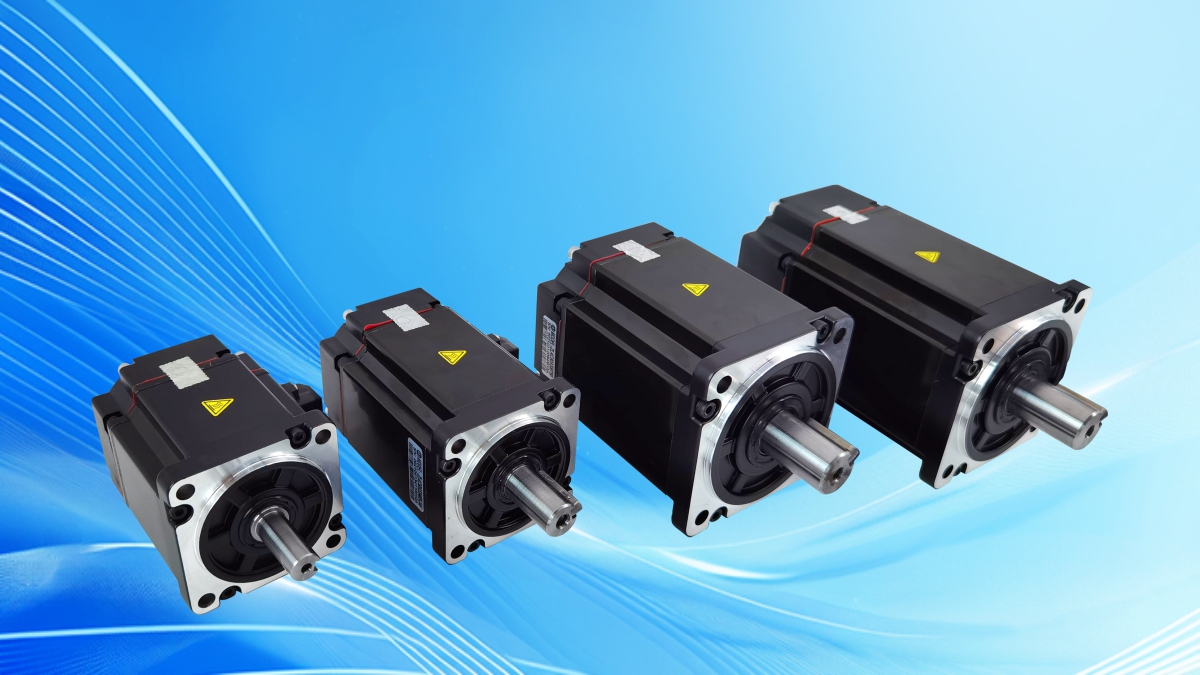1. Position detection accuracy and resolution
Incremental encoders reflect relative displacement through pulse counting (A/B phase pulses), and the accuracy depends on the pulse detection system (such as shaping circuits) and the accuracy of the counter. Long term operation may result in cumulative errors due to pulse loss. Its resolution is determined by the number of pulses per revolution (PPR) and can be improved through four fold doubling techniques (such as increasing the resolution to 4000 pulses per revolution after four fold doubling with a 1000PPR encoder), but the essence is still relative measurement.
The absolute encoder corresponds to a unique encoding for each position (such as binary, Gray code), and directly outputs the absolute position value without cumulative error. The accuracy depends on the number of encoding bits (e.g. a 12 bit absolute encoder can provide 4096 positions, resolution=360 °/4096 ≈ 0.088 °), and high-resolution models (e.g. 23 bits) can achieve higher accuracy, suitable for precision positioning scenarios.
2. Power outage memory and startup convenience
The incremental encoder has no internal storage unit, and its position information is lost after power failure. When restarting, it needs to be calibrated by zeroing with a reference point (Z-phase pulse) or an external limit switch, otherwise the current position cannot be determined. This design increases the start-up time of the equipment (such as industrial robots needing to search for the origin again) and reduces production efficiency.
The absolute encoder has a built-in storage unit (such as EEPROM) that retains the current position information even after power failure. It can be directly read after restart without the need for zeroing operation. This feature greatly improves the convenience of device startup (such as directly knowing the position of the elevator car when restarting after a power outage), especially suitable for scenarios that require frequent start stop.
3. Control complexity and system cost
The incremental encoder outputs pulse signals and requires an external counter, direction determining circuit (which determines the rotation direction through A/B phase difference), and reference point detection circuit. The control system design is complex, but the hardware cost is relatively low (such as the price of ordinary incremental encoders, which is about 1/3-1/2 of absolute encoders). Suitable for low-cost automation equipment such as conveyors and fans.
The absolute encoder outputs digital signals (such as SSI, Profibus, CANopen), which requires decoding chips (such as FPGA, dedicated IC) for processing. The control system design is more complex (requiring communication protocol parsing), and the hardware cost is higher. In addition, multi turn absolute encoders (such as 4-turn and 8-turn) require additional gear mechanisms to record the number of turns, further increasing costs.
4. Dynamic response and speed stability
The incremental encoder outputs pulse signals with fast signal transmission speed (such as an encoder with 10000 pulses per revolution, which can provide sufficient pulse numbers during high-speed rotation), suitable for high-speed scenarios (such as servo motor speed>3000rpm). But at high speeds, the controller needs to have a high pulse counting frequency, otherwise speed fluctuations may occur due to untimely counting.
The absolute encoder outputs digital signals, and signal processing requires a certain amount of time (such as byte by byte transmission for serial communication). In high-speed scenarios, there may be data delays that affect speed stability. But new absolute encoders (such as using high-speed serial protocols) have significantly improved response speed and can meet the needs of most servo applications.
5. Environmental adaptability and reliability
The incremental encoder (especially optical encoder) is sensitive to the environment (such as dust and oil stains blocking the light path, and vibration causing light path deviation), and needs to be installed in clean and stable environments (such as laboratories and medical equipment). Although the magnetic incremental encoder has strong anti-interference ability, it is still affected by vibration.
The absolute encoder (especially magnetic encoders) adopts non-contact design (such as Hall elements and magneto resistive sensors), with advantages of strong resistance to oil, dust, and vibration, suitable for harsh environments (such as construction machinery, outdoor fans, and automotive drive motors). Partial absolute encoders (such as photoelectric encoders) use sealed structures and can also adapt to harsh environments, but at a higher cost.
Shenzhen ZhongLing Technology Co., Ltd. relies on over a decade of professional experience in motion control design and research and development to provide excellent solutions for enterprises across the country. Our main products include wheel hub motors, DC servos, stepper servos, integrated stepper drive systems, DC motors, stepper motors, planetary reducers, reduction motors, servo drive wheels, omnidirectional wheels, and more. If you would like to purchase our products, please contact our sales staff or visit our official website (www.robotmotor. com) for inquiries and purchases.
Post time: Aug-21-2025

